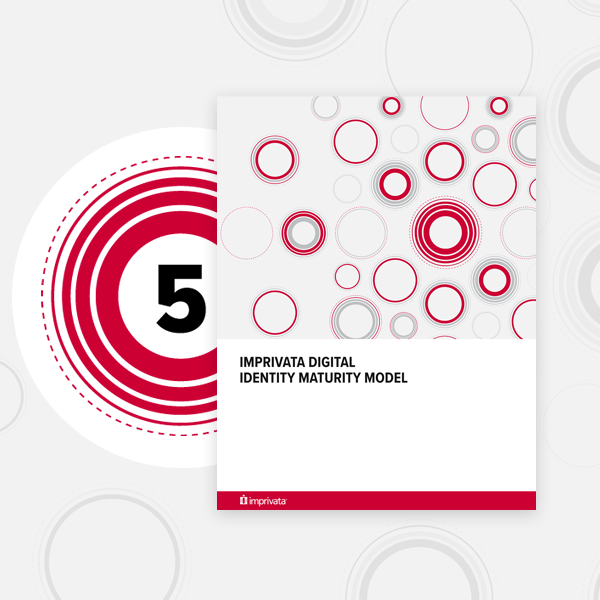Model overview
The digital identity maturity model provides organizations with a guide to prioritizing investments for a comprehensive digital identity program. It introduces five phases of identity maturity with increasing levels of access, security, and compliance based on the tools and processes currently in place.
Tied closely to the Imprivata digital identity framework, each phase maps to the governance and administration, identity management, authorization, and access and authentication functions needed to achieve a unified strategy. The higher the phase, the more an organization has optimized its access management and security capabilities for lower risk and higher compliance.
How mature is your digital identity strategy?
Five phases of digital identity maturity
-
Initial
This is the state prior to implementing a formal digital identity strategy. Manual workflows and siloed user and account management result in costly mistakes and high security risks.
-
Developing
This is the beginning of an IAM program where tools are used to strengthen the security posture. Manageable IT processes are in place and critical applications are covered.
-
Defined
In this stage, quality and security risks begin to improve as processes become more proactive and standardized across business units and target systems.
-
Managed
This is the state where automation ramps application coverage and creates significant IT cost and end-user savings.
-
Optimized
The final phase represents optimal integration with the business, where security is implemented and managed as part of user workflows, not in addition to them.
How mature is your digital identity strategy?
Quickly assess the effectiveness of your current strategy. Then, get a customized report with actionable guidance to strike the optimal balance between user access, cybersecurity, and compliance.


